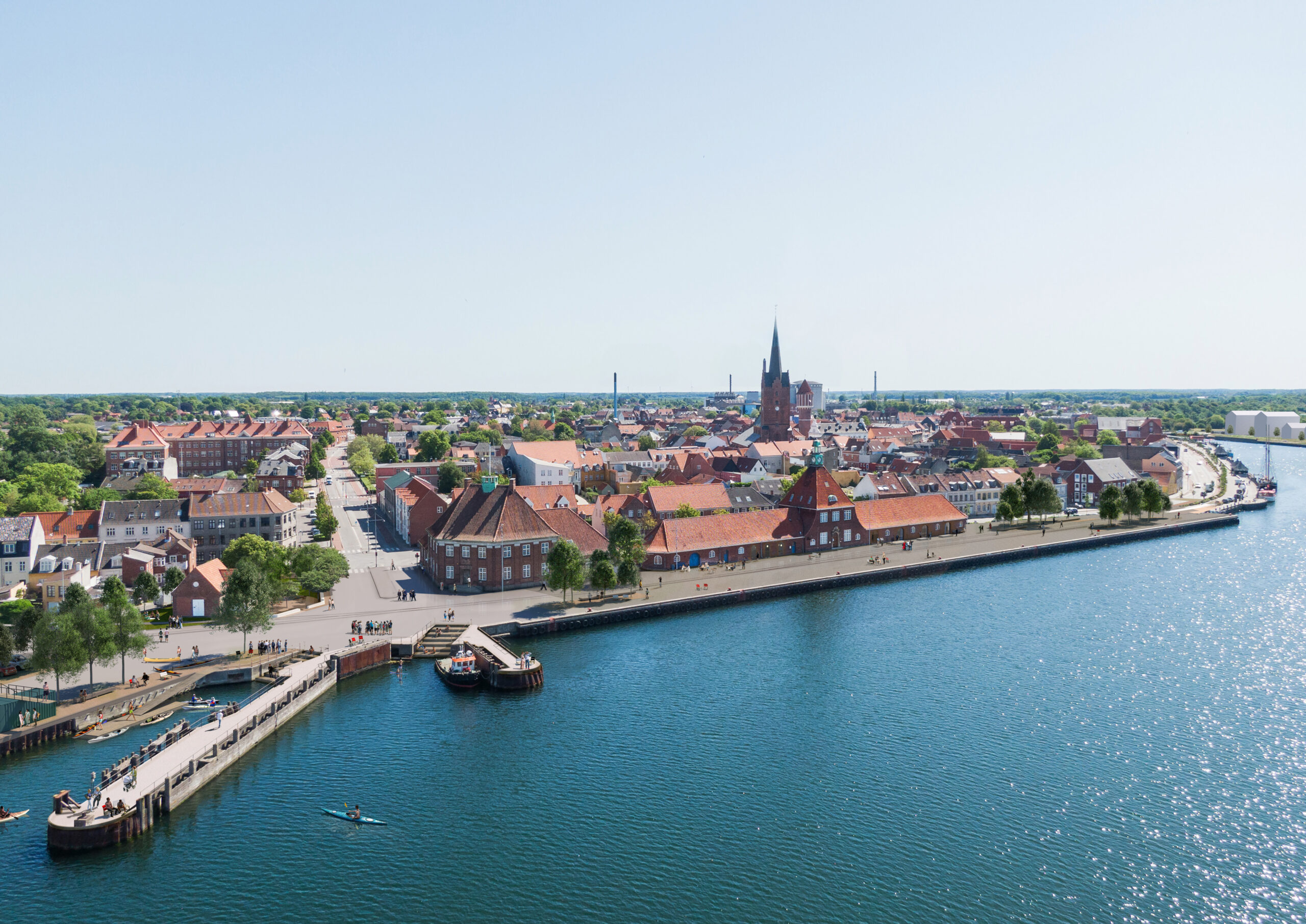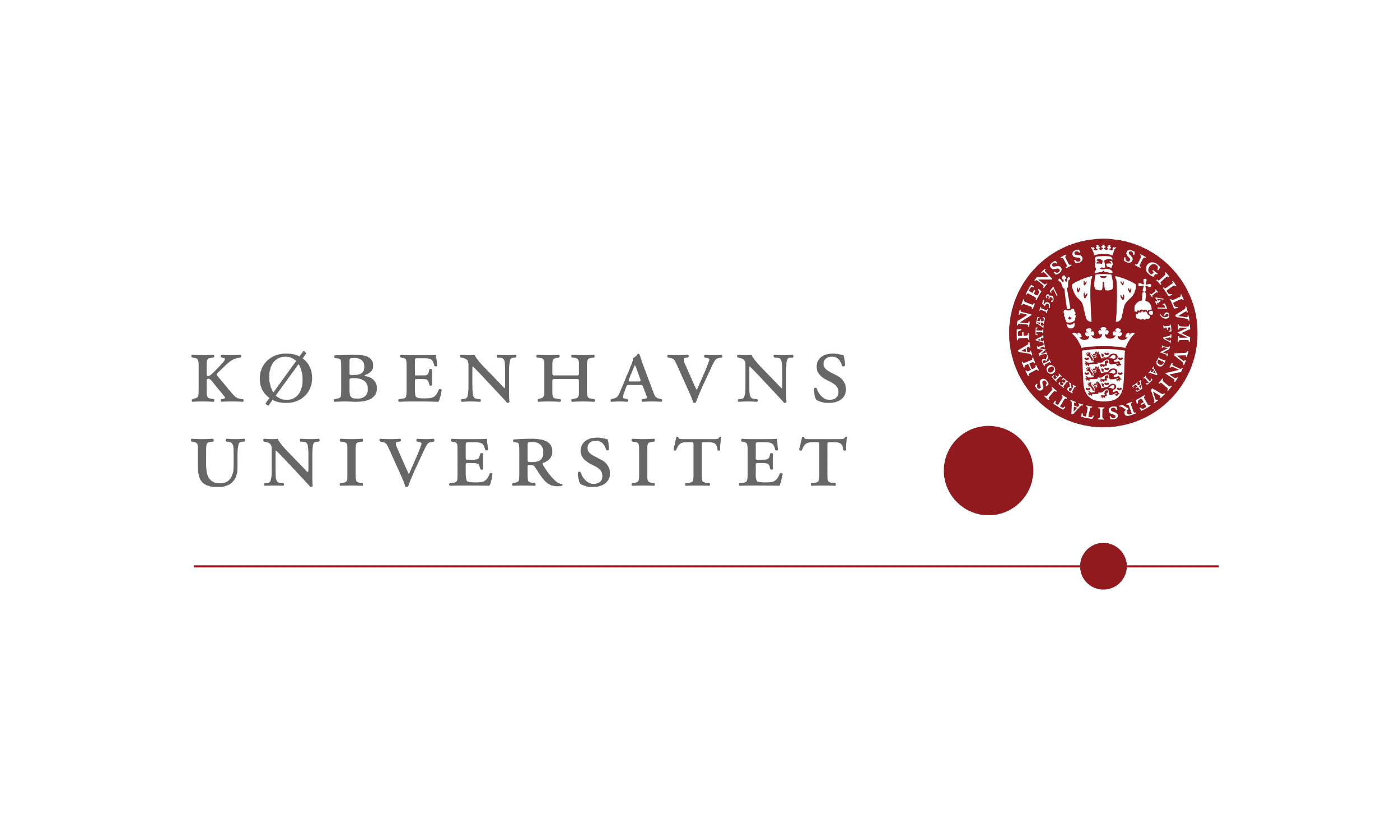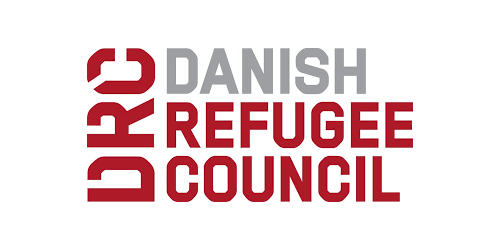A plan to manage Denmark's wolf population has been approved by the agricultural lobby group, Landbrug og Fødevarer.
Farmers are concerned about a returning wolf population, especially the impact the large predators will potentially have on livestock.
On Wednesday the nature agency Naturstyrelsen's wildlife council agreed on a wolf strategy that would maintain its protected status, while allowing for "regulation" in the event of attacks on people and livestock.
READ MORE: Farmers afraid of the big bad wolf
Skeptical farmers
"It's no secret that we in the agriculture sector are skeptical about letting wolves return to Denmark," deputy chairman of Landbrug og Fødevarer Lars Hvidtfeldt said in a press release. "Our landscape is mostly cultivated and we lack the large natural spaces that a wolf population needs. That's why they are certainly going to have an impact on sheep farmers in particular."
Hvildtfeldt added, however, that the proposal to compensate farmers for lost animals was satisfactory.
"The EU's habitats directive demonstrates society's desire to support a population of wolves and even though this will primarily have large consequences for individual farmers, there are also societal interests at play," Hvidtfeldt said. "In the future, more cows will graze on state-owned open spaces and it will be particularly in these situations that we need good and solid compensation schemes for lost animals."
The wolf strategy will now be presented to the environment minister, Ida Auken (SF), who will decide whether to approve it.
The minister has previously rejected calls to compensate farmers for lost animals.














